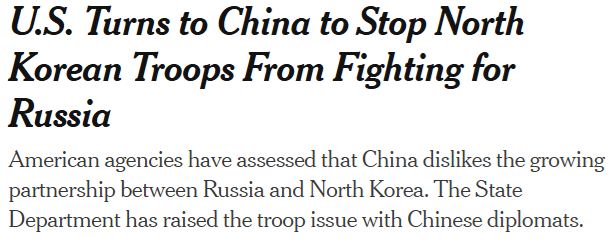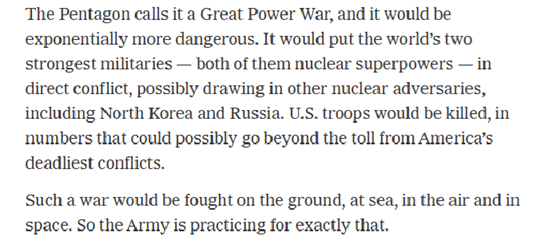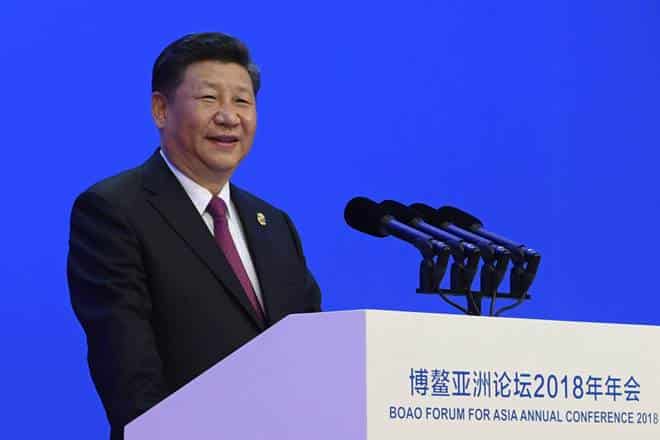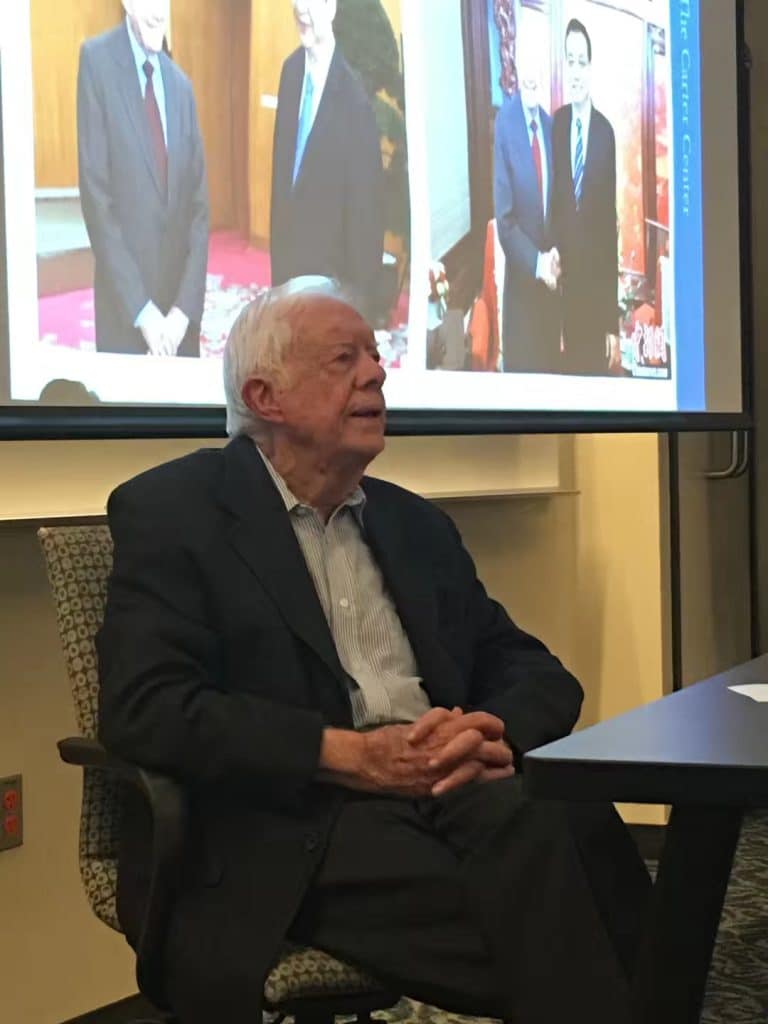A Rocky Road Ahead?: 2017 OBR Forum and Reactions
作者:Gretchen Trupp 来源:US-China Perception Monitor
Last week from May 14th-15th, delegates and dignitaries from all over the world gathered in Beijing to promote and discuss the Belt and Road Initiative (BRI) at the Belt and Road Forum (BRF) for International Cooperation. First discussed in 2013 as “one, belt, one road” (OBOR) and then further unveiled in 2015, the action plan for the BRI plans to join the construction of the Silk Road Economic Belt and 21st Century Maritime Silk Road. The creation of the Belt and Road Forum in 2017 builds off of these predecessors for this multi-continental project proposal drew representatives from over 100 countries (India notably declined, claiming joining would violate state sovereignty) to discuss the possibility of streamlining and giving modern infrastructure to ancient global trade routes. As Xi Jinping noted in his keynote speech, China will continue to invest in countries that will allow the road’s construction and will give 60 billion RMB to the participating nations. Many reporters and authors have speculated about the reasons for this large investment, some citing increased opportunity for trade and more investment in China’s economy.
There has also been some discussion surrounding the rhetoric and framing of OBOR terminology. Translating 倡议 (how OBOR is typically described in Chinese sources) into English as a “strategy” versus “initiative” can potentially frame China’s reasons for this initiative as politically and economically self-serving or as more of a collaborative approach for the betterment of the world. The language around OBOR has now undergone a shift in English to the Belt and Road Initiative (BRI), but news sources still use both interchangeably. Regardless of this framing, there remains a camp who argue that forged historical and cultural connections will be “used to gain regional influence”.
Online interest in the “One Belt, One Road” initiative (OBOR) has skyrocketed as this initiative was popularized by discussion leading up to and following the forum, as shown by the statistics below. Western social media has responded with a deluge of content since the Forum. Hashtags like #BeltandRoadForum, #OBOR, and #OBORSummit contain everything from news sites retweeting links to live coverage an informative graphics on representation at the forum, as well as political cartoons reacting to the Forum’s outcomes. A simple track of a hashtag (#OBOR) as shown above illustrates the primary sources of conversation as well as sentiment of the content. Most of this content (coming primarily from Twitter) was largely more neutral than the previously cited news articles and op-eds. Social media content outside of these sources (BBC, Reuters, The Diplomat, etc.) is generally not viewed as more biased than established online news primary sources, and is thus sometimes ignored. But, social media posts and even the creation of meme content is proven to be effective participation in political issues.
While most of the tweets were relaying factual information, a few tweets demonstrate nuanced political engagement and commentary on India’s decision to abstain from the Forum. Promotional campaigns such as this video have also been spreading from various Chinese-run news sources as a positive effort to market the initiative to a wider foreign audience.
During the forum 68 countries and international organizations reached agreements to further the Belt and Road, showing a very positive response to the project on a global scale. Increased news interest by laypeople using social media sites like Twitter also demonstrates that the forum achieved its goal of promoting the BRI, as more people have been discussing the BRI online after the forum than when they had previously unveiled the project goals. Post-forum, articles featuring policy critiques, main takeaways, and ideas for the next steps of the initiative saturated Western news sites and other types of online political media. Some skeptics claim that the Forum had no tangible result besides celebrating the project (despite the aforementioned agreements with over 60 countries), and desire a more “tangible” result. One main concern is that going forward China needs to address accusations of the initiative being overly China-centric in terms of who reaps the benefits, since actual structural plans are not yet solidified.
Worries that economic factors will complicate and potentially hurt nations other than China has made a few countries hesitant to fully commit to supporting the initiative. The more critical commentators call the OBOR an “audacious vision for transforming the political and economic landscapes of Eurasia and Africa over the coming decades via a network of infrastructure partnerships.” The United States announced that delegates led by Matthew Pottinger would attend only a few days before the conference itself (after an important trade deal took place), which was considered a very significant move by the U.S. government.
The next forum for the Belt and Road Initiative will be held in 2019 as part of the 2030 Agenda, which as noted by the President of the UN General Assembly in the Plenary Session of the Belt and Road Forum aims to “end global poverty, [achieve] gender equality and [overcome] environmental degradation”. With both support and opposition from many sides, there could indeed be a rocky road ahead for the Belt and Road Initiative.
FOR FURTHER READING ON ECONOMIC ASPECTS OF THE BRI/OBOR, PLEASE REFER TO THIS ARTICLE. FOR VIDEO COVERAGE OF THE OPENING REMARKS AND THE EVENING GALA, PLEASE REFER TO THESE VIDEOS.
By GRETCHEN TRUPP MAY. 25, 2017 Gretchen Trupp is a Summer 2017 intern at The Carter Center China Program.
来源时间:2018/4/3 发布时间:2018/4/3
旧文章ID:15657







